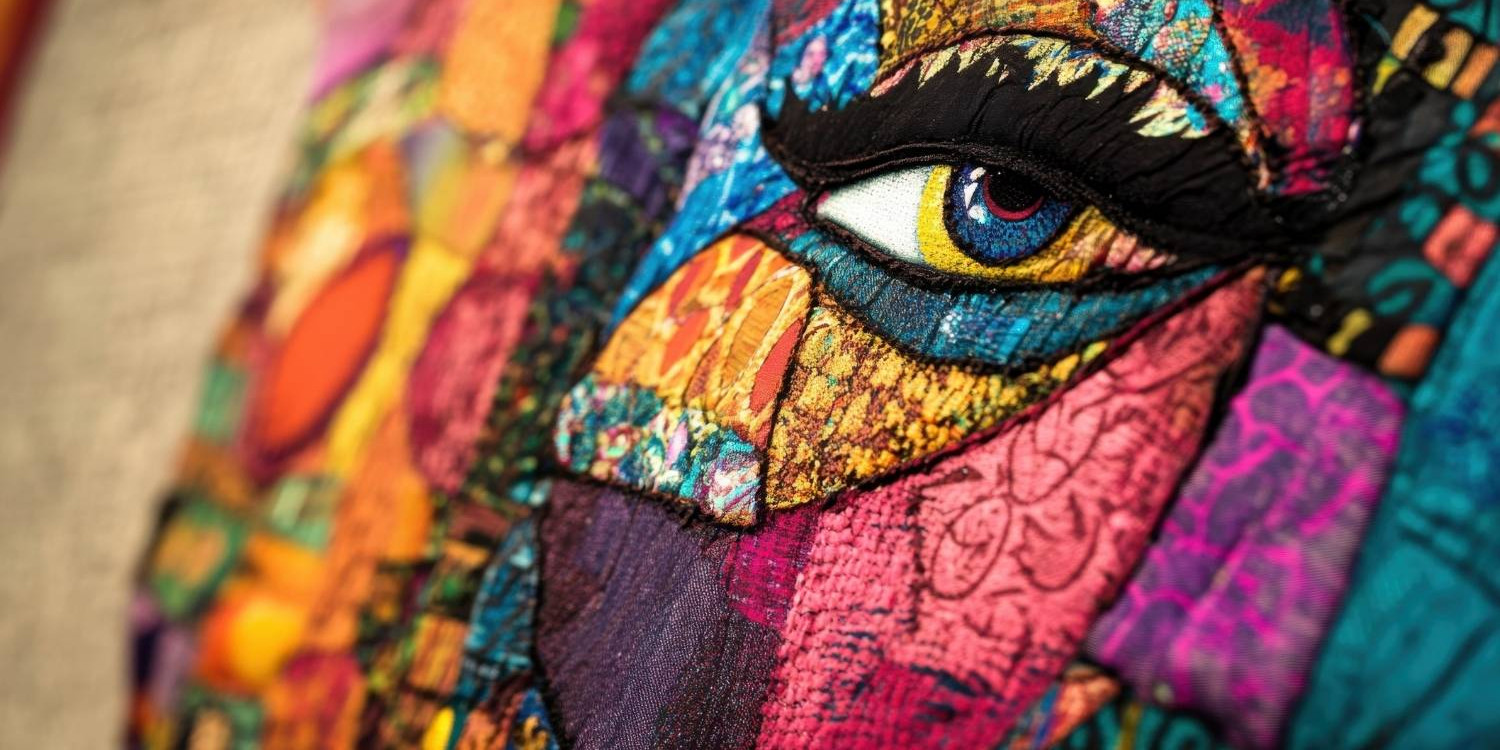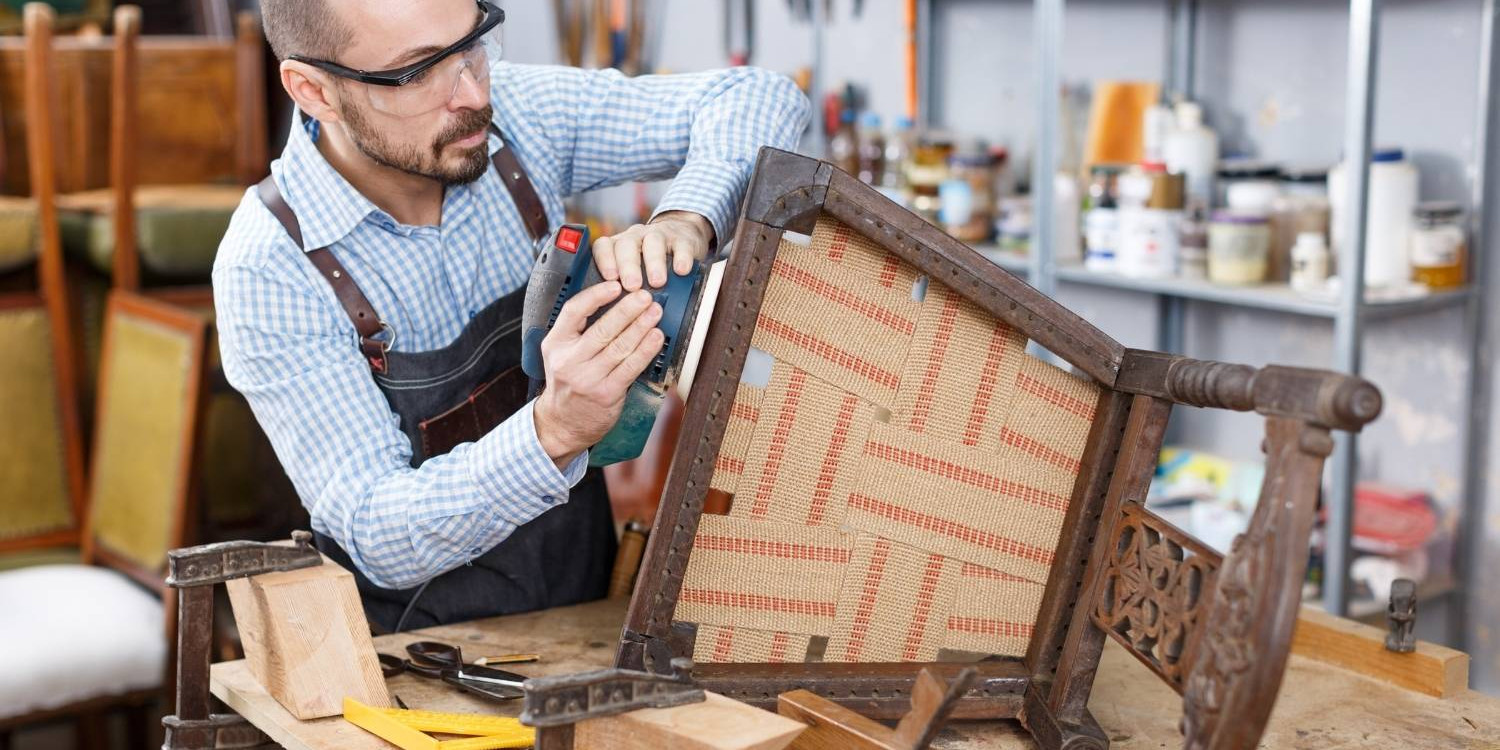In a world increasingly dominated by mass production and digital shortcuts, the timeless value of true craftsmanship continues to stand apart. Craftsmanship is not just about creating an object; it’s about weaving tradition, creativity, and purpose into every detail. When combined with innovative thinking, it becomes more than an art form—it becomes a cultural legacy.
The Essence of Craftsmanship
At its core, craftsmanship reflects dedication to quality and attention to detail. Every curve, texture, and finish tells a story of patience, skill, and artistry passed down through generations. Unlike disposable trends, handmade works are designed to last, offering both functional use and artistic meaning.
Key hallmarks of true craftsmanship include:
- Precision: Every detail is intentional and deliberate.
- Authenticity: Materials are chosen not for convenience, but for integrity.
- Creativity: Each piece carries the mark of individuality, making it one-of-a-kind.
Where Craft Meets Innovation
Tradition alone isn’t enough to move culture forward. The most celebrated works of craftsmanship embrace creative innovation—blending historical techniques with modern design. This balance allows artisans to honor heritage while reimagining what’s possible in the present.
For example, traditional woodworking, glassmaking, or sculpture takes on new life when paired with contemporary forms and aesthetics. The result? Objects that connect the past with the future, speaking to both history and modern sensibilities.

Why Craftsmanship Still Matters Today
In today’s fast-moving, efficiency-driven society, craftsmanship offers something rare: meaningful creation in a world of mass production. Choosing handcrafted over machine-made reflects more than taste—it signals a commitment to sustainability, cultural preservation, and appreciation for human skill.
Consumers are increasingly drawn to:
- Sustainable products that prioritize longevity over waste.
- Authentic stories behind the pieces they own.
- Unique design that cannot be replicated by machines.
Craftsmanship as Cultural Legacy
Craftsmanship is more than just a technique—it’s a form of cultural storytelling. Each creation reflects a community’s history, values, and vision. Through this lens, artisans don’t simply make products; they shape heritage and pass it forward.
Final Thoughts
Celebrating craftsmanship and innovation means celebrating humanity’s ability to create with purpose. It’s about valuing artistry over shortcuts, storytelling over mass production, and quality over convenience. In a world chasing speed, craftsmanship reminds us to slow down, appreciate detail, and treasure the beauty of thoughtful creation.



